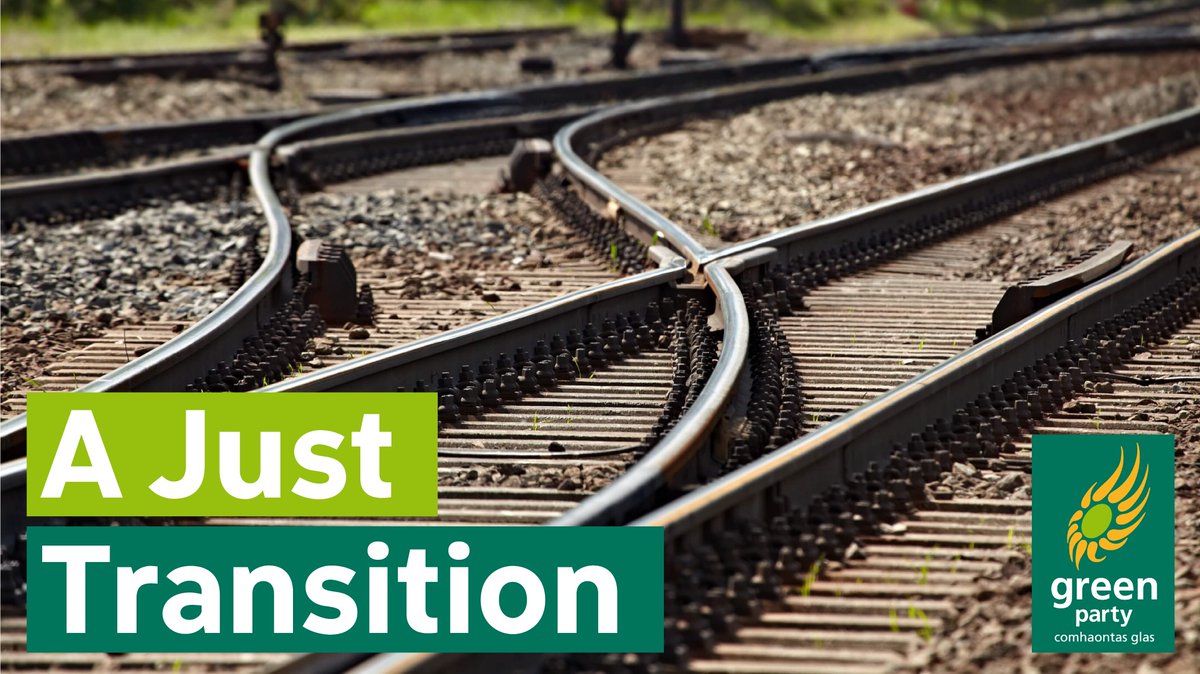Future of LNG terminals “tenuous” due to climate concerns and COVID-19

7 July 2020
The outlook of Liquified Natural Gas (LNG) terminals is “tenuous” and “continues to worsen” in the wake of the COVID-19 pandemic and growing concern about the industry’s climate impact, new international analysis reveals.
Following a worldwide survey of LNG terminals in May of this year, Global Energy Monitor has found that 61 per cent of proposed LNG export terminal projects have been abandoned within the past six years.
One such failed terminal named in the report is Shannon LNG, as the newly formed government of Fine Gael, Fianna Fail and the Green Party have pledged to withdraw the project from EU funding in 2021.
The development of such infrastructure “does not make sense” in a national move towards “carbon neutrality”, the Programme for Government states.
Financial hurdles
Gas prices were plummeting in a pre-pandemic economy, and are now “compounded” by COVID-19, the report authors find.
Even before the dramatic price drop and pandemic, LNG projects were encountering an “increasingly difficult economic environment” as the market had reached a point of oversupply that resulted in prices dropping below, “levels considered necessary for expensive new infrastructure to be viable”.
Following the Saudi-Russia oil war and the onset of COVID-19, the situation quickly became, according to the International Energy Agency, “the largest recorded demand shock in the history of global natural gas markets”.
The industry faces further financial hurdles in a post-pandemic world, the survey reveals, as at least 11 major projects have reported significant new difficulties, including workplace disruption and organized opposition.
Construction of terminals also poses massive amounts of capital investment, which is then put at risk by low gas prices and creates “a recipe for financial losses on a grand scale”, according to the report.

“Organized Opposition”
Protests have been growing globally against the construction and use of LNG terminals, as activists and think-tanks dispute the industry claim that gas is a “bridge fuel” to a low-carbon future.
According to the International Panel on Climate Change, in order for the world to maintain a two-in-three chance of limiting global warming to 1.5 C, the use of gas in 2030 must fall by 20 to 25 per cent relative to 2010 levels, and by 2050 must decline by 53 per cent to 74 per cent.
However, a 2019 report by the UN Environmental Programme and several NGOs found that the global economy was on course to produce 70 per cent more gas by 2030 than would be consistent with 1.5 C warming under the IEA scenario.
While gas has a lower carbon dioxide output than other fossil fuels, its production presents significant climate threats.
Methane leaks out throughout the gas supply chain, and it is estimated that its warming effect is 84 to 87 times greater than that of carbon dioxide over a 20 year period.
Activists and environmental groups have coordinated opposition campaigns the world over in response to this information, with abandonment of terminals seen in Canada, Ireland, Sweden and Croatia.
In an Irish context, Shannon LNG has not only seen a governmental pledge to its abandonment, it is also facing a number of legal challenges.
Friends of the Irish Environment have challenged the project a second time in the High Court, who allege both the state and the regional bloc did not carry out the required independent sustainability/climate and cost-benefit analysis of the terminal before submitting it for the fourth Project of Common Interest List, which is required by EU law.
[x_author title=”About the Author”]







